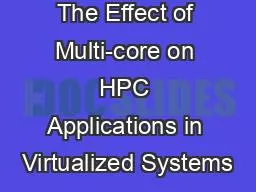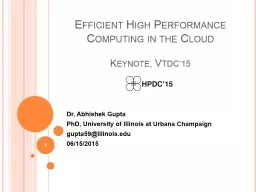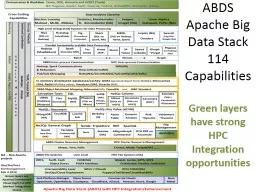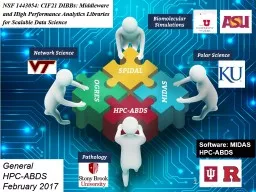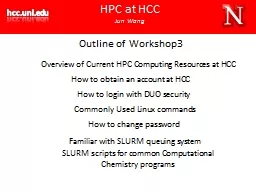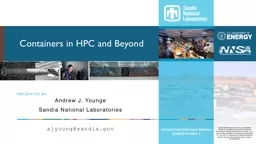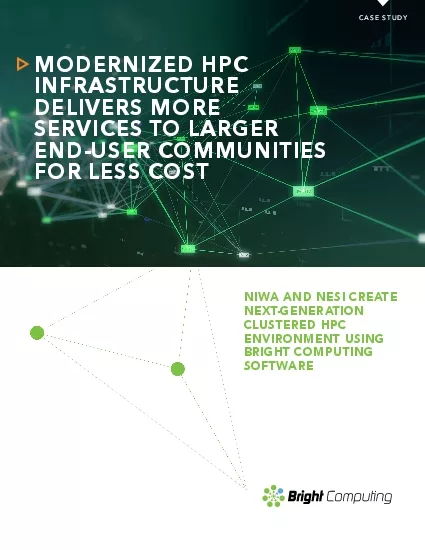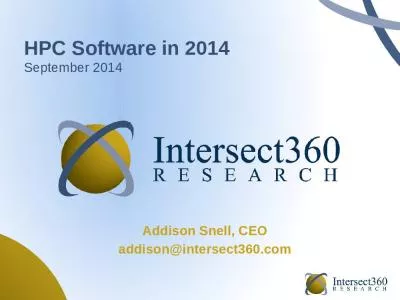PPT-The Effect of Multi-core on HPC Applications in Virtualized Systems
Author : widengillette | Published Date : 2020-07-04
Jaeung Han¹ Jeongseob Ahn¹ Changdae Kim ¹ Youngjin Kwon¹ Young ri Choi² and Jaehyuk Huh¹ ¹ KAIST Korea Advanced Institute of Science and Technology ² KISTI
Presentation Embed Code
Download Presentation
Download Presentation The PPT/PDF document "The Effect of Multi-core on HPC Applicat..." is the property of its rightful owner. Permission is granted to download and print the materials on this website for personal, non-commercial use only, and to display it on your personal computer provided you do not modify the materials and that you retain all copyright notices contained in the materials. By downloading content from our website, you accept the terms of this agreement.
The Effect of Multi-core on HPC Applications in Virtualized Systems: Transcript
Download Rules Of Document
"The Effect of Multi-core on HPC Applications in Virtualized Systems"The content belongs to its owner. You may download and print it for personal use, without modification, and keep all copyright notices. By downloading, you agree to these terms.
Related Documents

